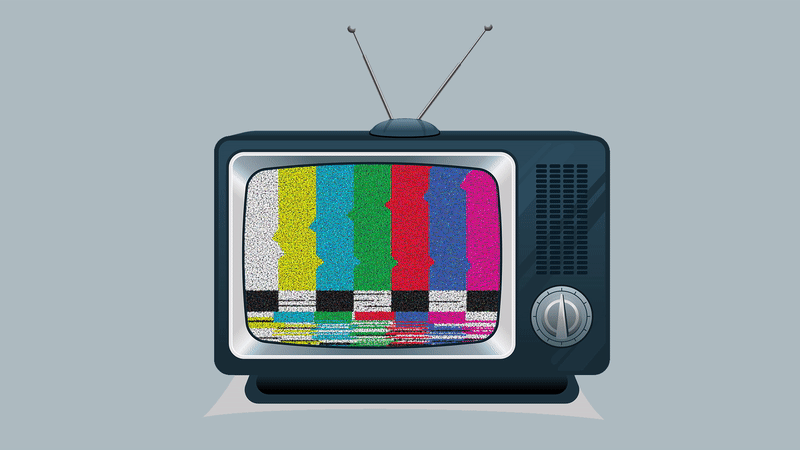- May 08, 2019
- By Karen Johnson
Cutting the cord with your cable company was supposed to make your life simpler—and a little cheaper.
No longer would you be paying for loads of channels you never watch. You’d have all the entertainment you could ever want from a single streaming service: Netflix. Or maybe two: Amazon Prime. Or three: Hulu. Or four: Because you can’t not have HBO.
But the rising number of these services threatens to overwhelm consumers—particularly those on tight budgets—and may lead to the resurgence of bundled subscription packages, a la cable TV, said P.K. Kannan, Dean’s Chair in Marketing Science in the Robert H. Smith School of Business.
If the proliferation of new streaming video services is any indication, that number could climb even higher. WarnerMedia, Viacom, Disney, Apple, Walmart and Costco in 2018 all announced plans for new online video services. So did Jeffrey Katzenberg, who’s launching a short-form video platform called QuiBi. Niche options are popping up as well, from WWE to College Humor.
The unbundling of services works well for families that can afford multiple subscriptions at $6 to $15 per month. But Kannan said families with budget constraints may be stuck with fewer options.
“Those who can afford it can sign up for many streaming services,” he said. “Others may have to live with a few.”
On the other end of the equation, niche content providers will struggle to draw enough subscribers to support their streaming services at reasonable costs.
Kannan said the key for many channels will be the strength of their original programming. That hasn’t been a problem for HBO and CBS. Both reached 5 million subscribers in 2018 with their video-on-demand services.
“When the content has a significant following, like HBO and CBS TV shows do, they can go direct, instead of or in addition to cable, and be successful,” Kannan said. “And with subscribers moving away from traditional cable, it’s probably a good move.”
But as streaming services multiply and costs rise, Kannan said demand for the cable model could reemerge.
“I predict that with so many streaming channels, and with each customer having to use different setups and buttons to access them, aggregators will emerge in the online space to aggregate these streaming services for customers,” he said.
The aggregators could offer a bundled price to make overall entertainment packages more affordable and to give customers more options. And at that point, Kannan said, “we will go back to the cable model.”
True to his prediction, Roku in January announced it would offer premium subscription services through its streaming service, the Roku Channel, in what could be the first of many aggregating hubs. Kannan expects AT&T, Xfinity, Netflix and Amazon to launch similar aggregation services.
But they’ll be cheaper, right? Because isn’t that why so many people cut the cord to begin with?
Not so fast, Kannan said. “Prices for content will generally increase. That’s because there will be more fragmentation of tastes, leading to many different types of programs. And given that each program will cost money to make and has to be extracted over a smaller niche customer base, prices will be higher.”
Topics
Arts & Culture